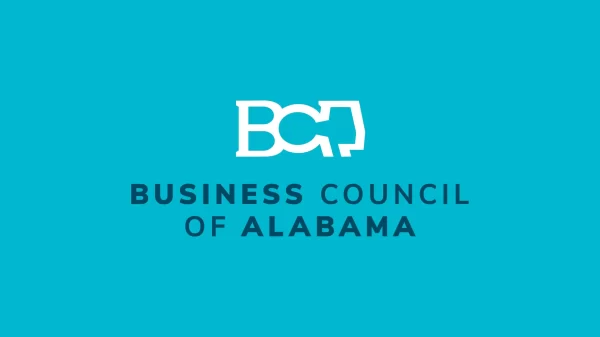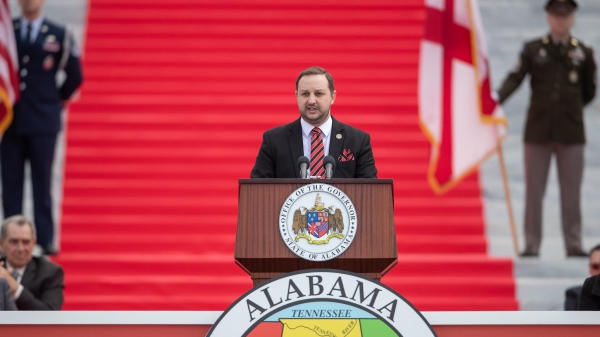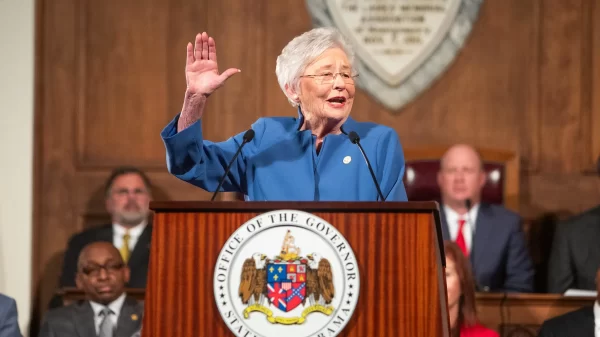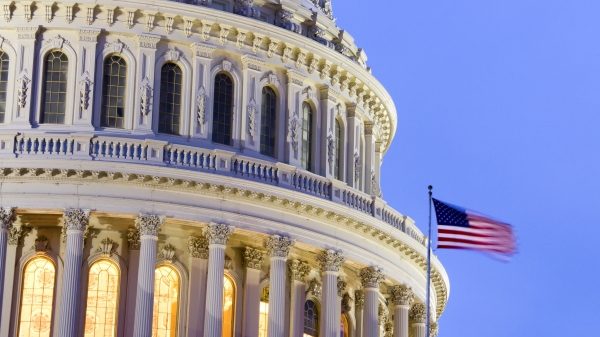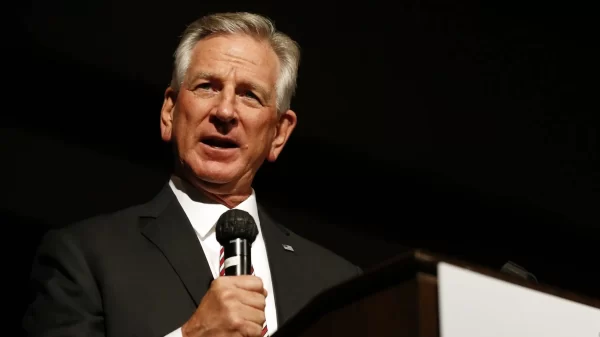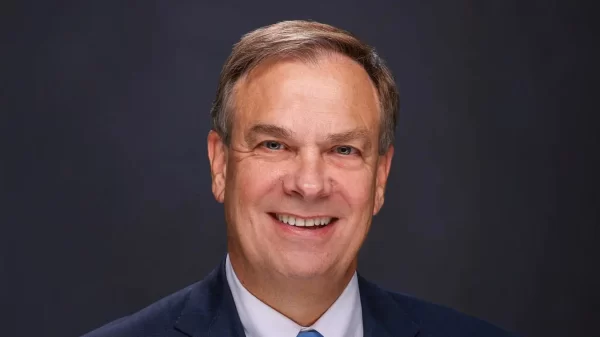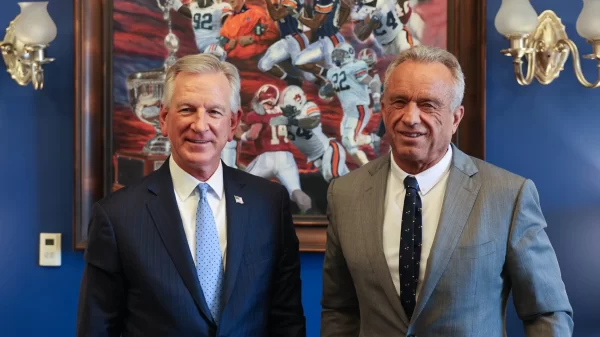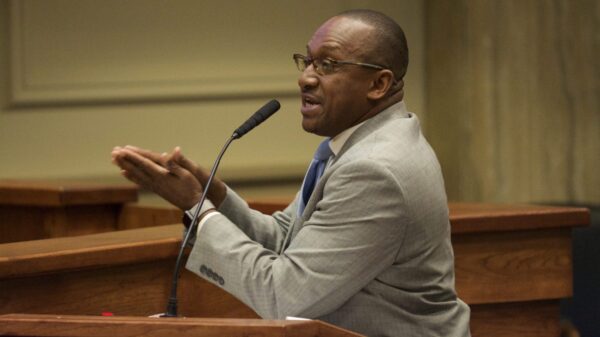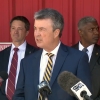By John R. Hill, Ph.D.
Twenty years ago, former U.S. Secretary of Education William Bennett noticed a disturbing set of developments in American society. The American ideals of freedom, opportunity, and representative government were prevailing in former Cold War nations, yet Bennett sensed that matters at home were not well. We were richer, but the percentage of Americans on welfare and other government support was growing substantially every year. We possessed the most powerful military in the world, but didn’t feel safe in our own neighborhoods.
In an attempt to identify the trends facing America that go beyond dollars and cents, Bennett published The Index of Leading Cultural Indicators. What he found was a hodgepodge of positive developments and social failures. While violent crime, divorce, and some sexually transmitted diseases were on the decline, the standardized test scores of America’s students were stagnant, births out of wedlock were on the rise, and marriage rates were falling.
To commemorate the twentieth anniversary of Bennett’s landmark work, the Alabama Policy Institute will soon release the eighth edition of
Cultural Indicators for Alabama and the United States. This state-specific study chronicles Alabama’s progress and challenges in health, crime, family, education, poverty and welfare, and government.
Much has changed since the Alabama Family Alliance (now API) wrote its first report on the heels of Dr. Bennett’s paper in 1994. Tremendous gains have been made, including a drop of more than 20% in overall crime rates at both the state and national level. The rate of infants dying within their first year of birth is down six percent for whites and 16% for non-whites. The number of abortions in Alabama is down 32%. Moreover, what Alabama spends on public, K-12 education is up 44% (after adjusting for inflation) over what it was twenty years ago, and more adults than ever have a high school diploma or, better yet, a college degree.
There is certainly reason to celebrate these successes, but some of the challenges facing Alabama have become more worrisome. Despite the considerable progress made in reducing crime (particularly violent crimes such as murder, rape, robbery, and aggravated assault), Alabama’s crime rate remains above the national average, and three times what it was in 1960. The state’s infant mortality rate is a shadow of what it was fifty years ago, yet we still have the dubious honor of having the third highest infant mortality rate in the nation. Teen pregnancies are on the decline, but they have been replaced by out-of-wedlock births to women in their 20s and 30s. Divorce rates are down, but so are marriage rates, and half of all couples who marry in America today choose to live together first.
Remedying the ills facing Alabama and the nation as a whole is no easy task. There is a place for government involvement in crafting, as Bennett notes, “well-conceived and well-executed reforms” to help each other out of difficult circumstances, but it is a mistake to believe that all the hardships of man can be remedied with executive orders, bipartisan legislation, or the opinion of a judge. As Bennett notes in the second edition of his Index, “some social pathologies are resistant to legislative action.” Rather, the path to improvement in American culture must involve embracing the harder virtues of civility, responsibility, and self-control.


